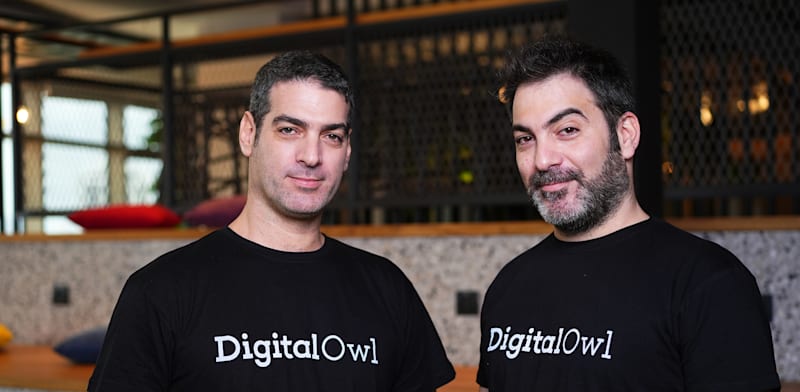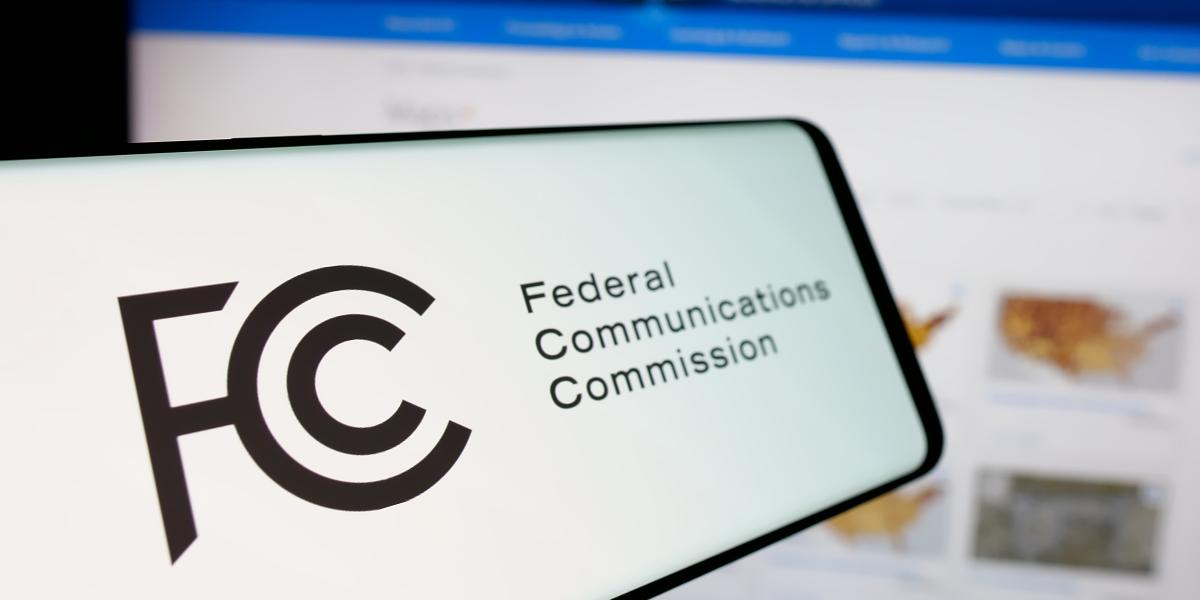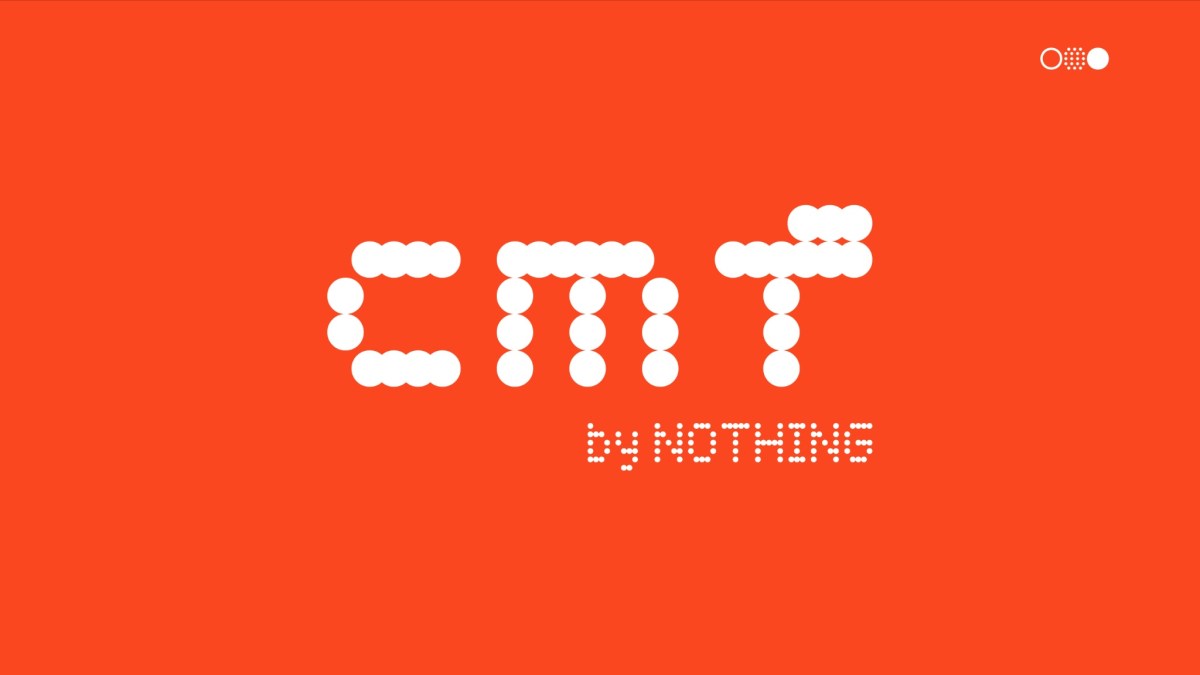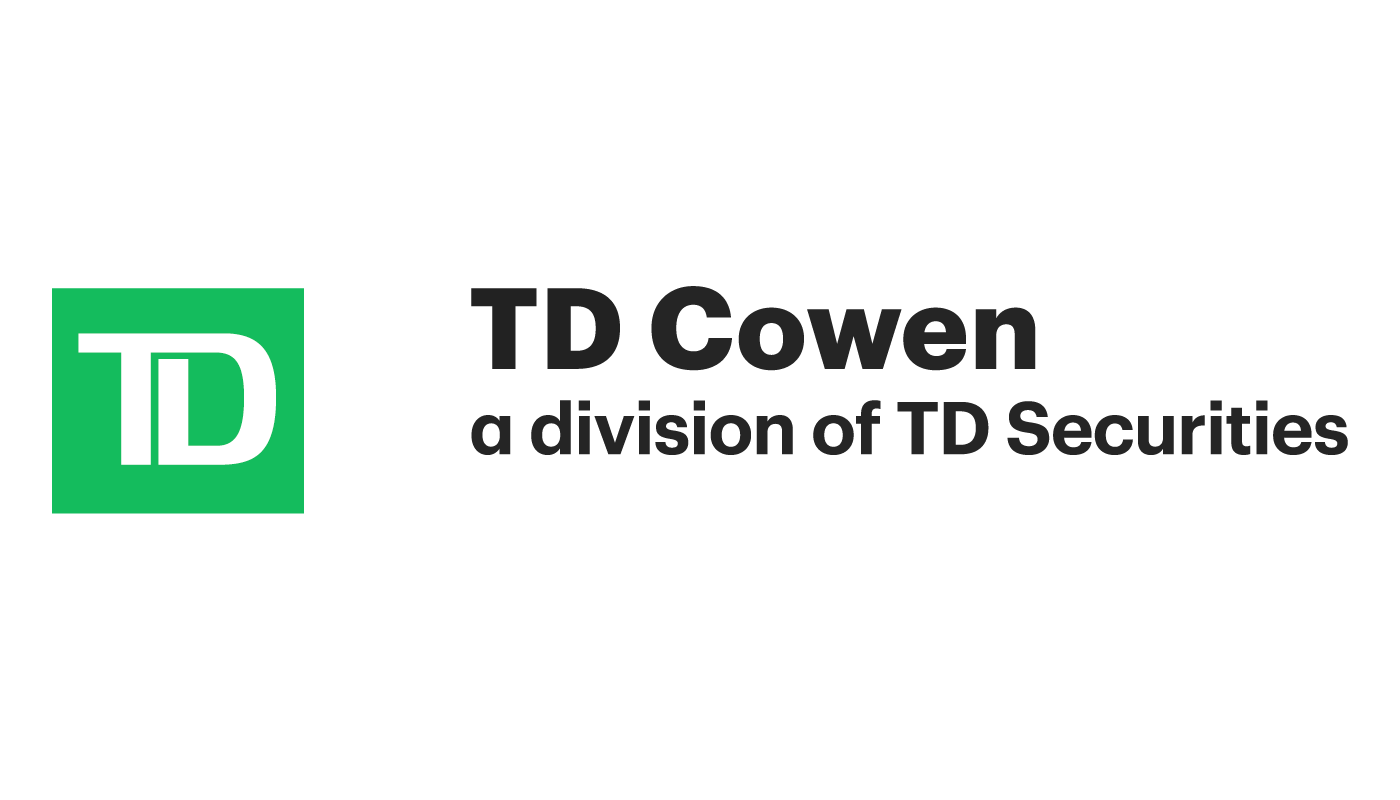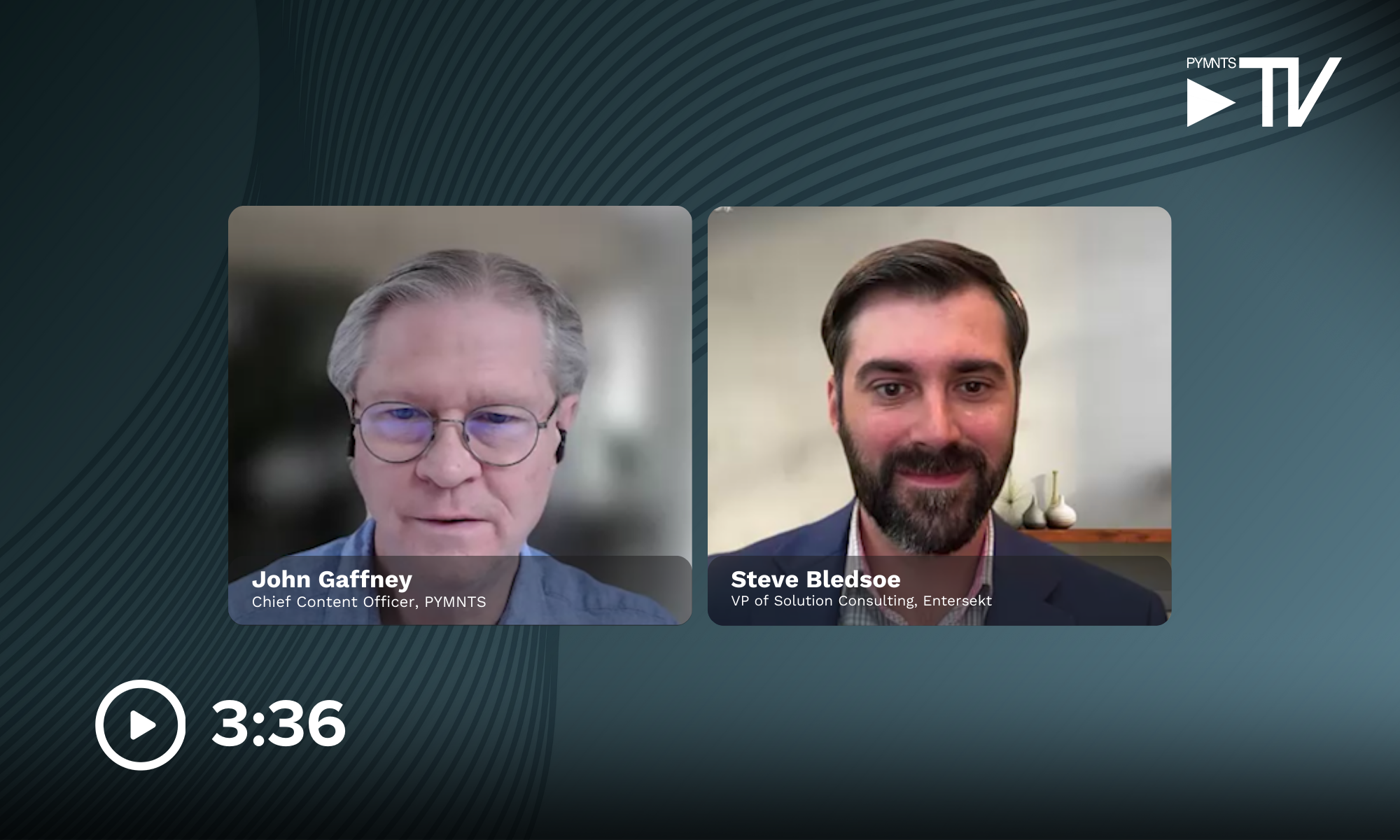As marketers, we’re storytellers for the brands we represent. At York IE, we’re launching a new series spotlighting the individuals crafting stories, orchestrating go-to-market strategies, and executing across all channels. They embody their brand, laying the groundwork for scalability. Join us as we uncover the story behind the story with the top marketers in SaaS.
Here, we talk to Justin Fink, head of marketing at Machinify:
What’s your current role? What do you love about B2B marketing?
I am the head of marketing for Machinify, where I am building the marketing function from the ground while helping establish GTM operations.
I have always worked in the B2B space and love driving efficiency, which is why I went into strategy and operations consulting out of college. The ability to make a tangible, positive impact on businesses across the globe continues to give me a tremendous amount of joy and satisfaction.
I love the ability to dissect businesses and their customers, perform intelligent segmentations, and determine how to drive business goals. The excitement of building a marketing team, identifying tactics that resonate with an audience, launching a marketing campaign and helping sales close a deal gets me eager to come to work in this space every day.
After the wild ride of 2023, what lessons are you taking into 2024?
Efficiency, efficiency, efficiency. While yes, it is important to listen to the market and understand that financial institutions are valuing efficiency today, you should always focus on marketing tactic testing through smart investments while tracking ROI.
2024 is turning into the year of efficiency and trackability in the realm of marketing, so marketers better be ready.
What’s the biggest challenge you’re facing today as a marketer? How are you overcoming it?
Machinify sells into healthcare payers, a typically technologically antiquated and slower-moving market. I am focused on figuring out how to get the right messaging in front of the right people at these massive, dispersed companies.
I am constantly battling how to evaluate diverse marketing tactics to meet these payers and personas where they are today. To address this, I performed market/persona research across our current customer and prospect bases to understand what channels and content best suit our persona’s lifestyles and day-to-day activities.
How do you derive your goals for marketing? How closely are you aligning with company KPIs?
As I build out Machinify’s first marketing goals as a Series A company, I am always looking to anchor on the company’s short- and long-term goals mixed with high-level TAM/SAM/SOM figures, revenue targets from sales, and current/prospective customer growth needs.
From there, I evaluate industry benchmarks as I back into marketing metrics, always being realistic with company leadership about what we can accomplish given current constraints (budget, team resourcing, lack of testing, etc.).
It is hugely important to tie marketing goals closely to company OKRs, or else — especially when building out a new function or establishing marketing targets — it will prove worthless.
How do you reach your audience? Where are you spending most of your marketing time and dollars?
The healthcare payer space is slower moving and includes employees that stay in their industry or current role for many years. This makes it a bit easier to find the persona but harder to get their attention due to them being inundated with vendor requests over years and years. Everyone is the same to them.
We have been spending our time building out the basics of our marketing efforts, including product marketing foundations (core messaging, positioning, sales enablement), content creation (thought leadership), revamping our website to reflect positioning and establishing an organic drumbeat. Furthermore, we’ve been testing event and conference attendance/sponsorships where we know our personas attend, which has proven quite successful in driving top-of-the-funnel results.
Where are your current gaps? How are you filling them?
Our largest gaps today are labor resourcing, operational tracking, and leadership mindshare.
With regards to labor resourcing, I have brought in freelancers to assist with content development and website revamping, freeing up my time to focus on product marketing, lifecycle marketing and events efforts. In the upcoming months, we will be expanding our marketing capabilities to address more of what needs to get done.
For operational tracking, I brought in HubSpot Sales and Marketing Hubs to drive outbound efforts and improve tracking. Establishing good practices to understand outreach, deal flow and marketing success is critical to making go-to-market enhancements. I firmly believe what you don’t measure, you can’t manage and improve.
Lastly, whenever a new function is being formed, it is important to ensure you’re getting great buy-in from company leadership and the board while being clear that marketing is new and we need to test tactics to evaluate success. Without leadership and board buy-in, they either won’t care about what you’re doing or invest in it; both are death wishes if you want to keep your job.
Where do you see marketing in the next year? What about yourself and your company in five years?
Marketing as a function is shifting to focus on smart spending and better tracking, not necessarily less. I’ve always been of the mindset of “don’t waste” and “have good fundamentals.” These pillars are crucial to establish strong go-to-market plans, and this new mindset will force all marketers to take on this mentality.
For myself and Machinify, I am excited to build out this marketing function and help expand Machinify in bringing claims automation to all payers. I know that with the right GTM in place, mixed with consistent outreach and connection with payers, Machinify can be very successful.
What is the worst marketing advice you ever received?
Anything definitive. The amount of individuals who’ve said, “Do XYZ and you’ll be guaranteed results” is numerous, and they are typically wrong. Marketing requires understanding and explaining nuance, thinking, executing and adjusting.
Furthermore, so often I see marketers spin their wheels in planning before actually executing. I prefer bias to action. Test and learn in the market, then adjust.
Nothing is guaranteed or definitive as personas may be different, the industry may be different, the macroeconomic conditions may be different. You need to trust yourself and have a bias to action.
Want to be featured in a future Marketer Spotlight? Email me.










